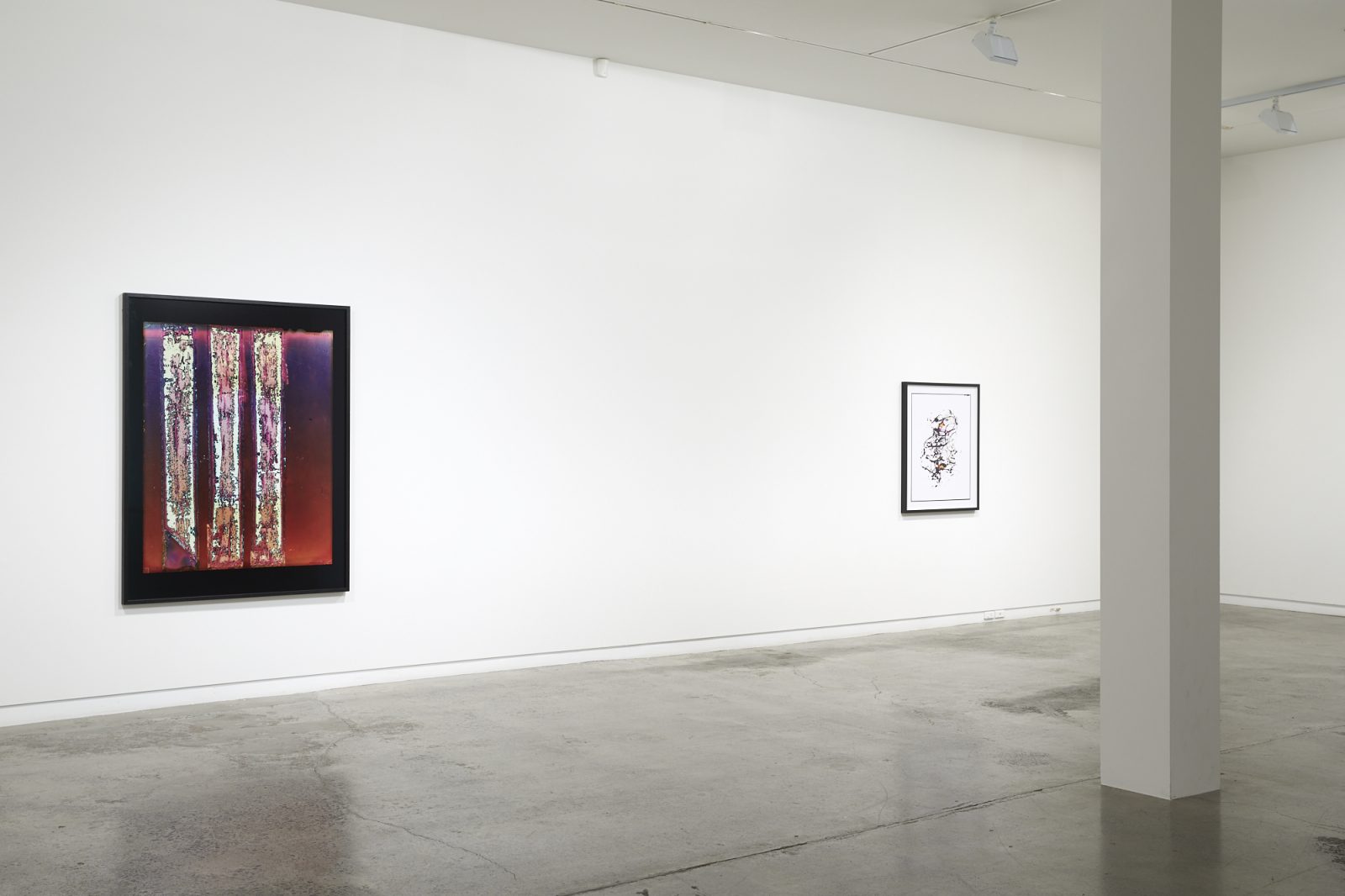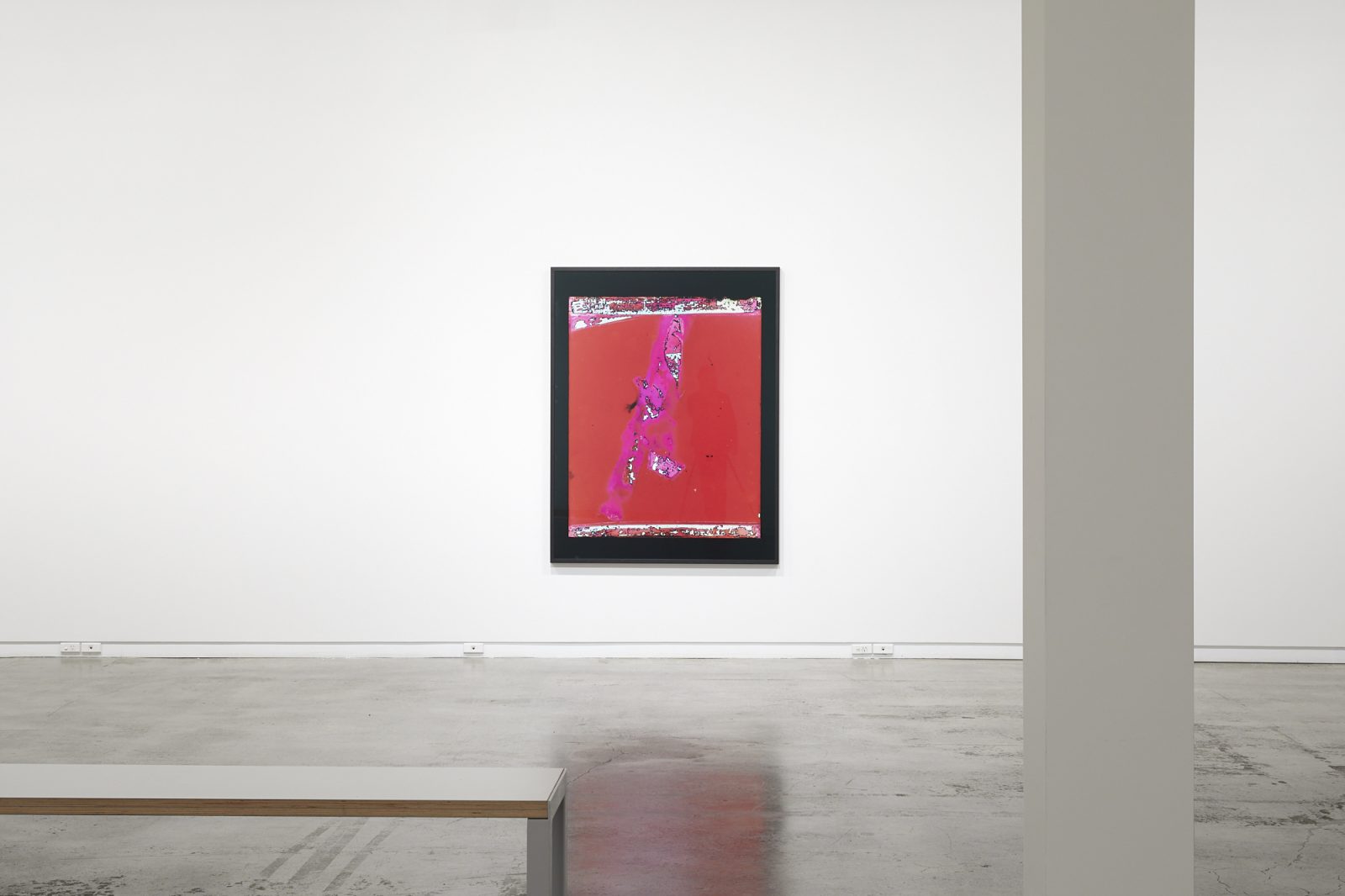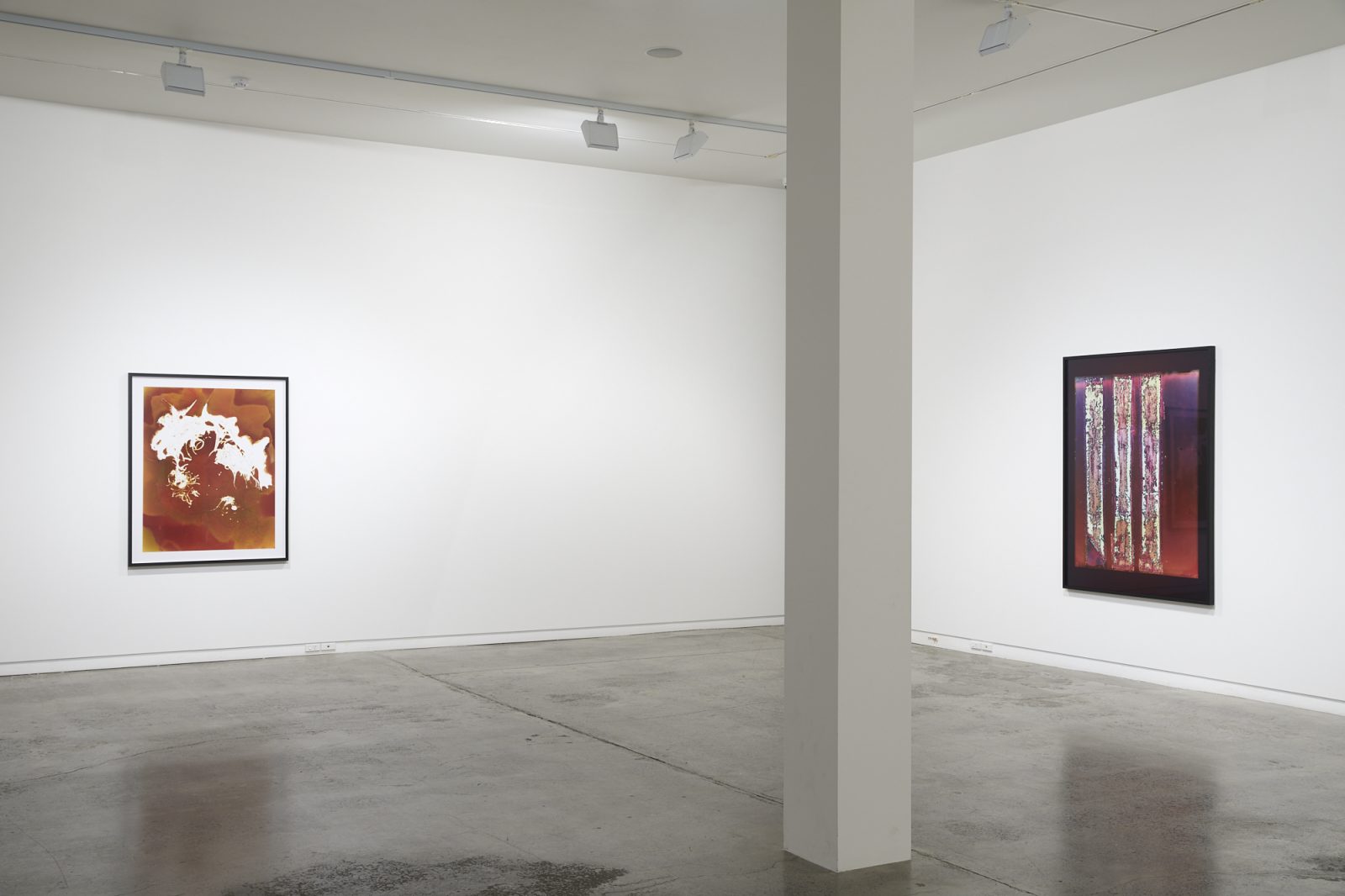Justine Varga
Memoire
31 May - 6 July 2019
Over the course of the previous decade, Justine Varga has developed an award-winning ouevre in her work in cameraless photography. Pushing the architecture of image-making into a conceptual terrain more readily associated with sculpture, performance and drawing, Varga’s work emphasises themes of embodiment and duration. Drawn on, handled, scratched, spat on and weathered, her images offer an autobiographical witnessing of the world. More than mere residue, her work speaks of physical contact and an accumulative interplay of forces. Heat, action, duration and thought are brought into visceral relations with human bodies, atmospheres and the chemical substrate of the photographic process.
Each of the chromogenic photographs included in Memoire might therefore be read as the enduring reverberation of an act; a choreographed ‘photographic skin’ that continues the performative and procedural nature of its conception. Left open to the weather, accumulating the touch of hair, fog, spider venom, or exchanged by partners over durational and geographic distance, Varga’s negatives are worn and marked within predetermined frames of action and intent. As such, each frame operates as a drawing or test, as a provocation that solicits the participation of worldly forces in her image-making. Encircling the mark-making potential of qualities and substances enlisted from her immediate environment, the activities of multiple scales of life can be co-opted into the body of a single image. From the microscopic chemical movements of bacteria and body fluids, through to the larger vicissitudes of seasonal volatility and durational passage, her negatives become a form of artistic pact with the world, a diaristic contract that traverses both human and non-human domains.
This method of image-making draws out a parallel notion that has shadowed the photographic image from its earliest inception – that of writing. In her wider oeuvre, Varga returns to the reference point of Talbot’s early photogenic drawing – his Pencil of Nature – but does so from a vantage point that is informed by subsequent artistic, literary and technological histories. Indeed, while we might find a writerly analogue for Talbot’s early photographic enterprise in exercises of taxonomic description, Varga’s images, in comparison, arrive in an era that follows the experiments of poet Bernadette Mayer’s Memory (1971) and Studying Hunger (1976), in the art-historical wake of Mary Kelly’s Post-Partum Document (1973–79) and the text-based works of Lee Lozano from the late 1960s and early 1970s. An era, in other words, in which the information aesthetics and proceduralism of conceptual art practices had been prised open and repurposed by artists and writers with other imaginative and subjective agendas.
Varga’s work extends from this historical background in a series of inquiries that simultaneously interrogate both medium and meaning. Memoire then might be viewed coextensively as both a personal record and a return to the memory-life of the photographic image, as a set of actions that pushes at the expanded potential of the photograph, testing its faith as an interface between self, other and world.
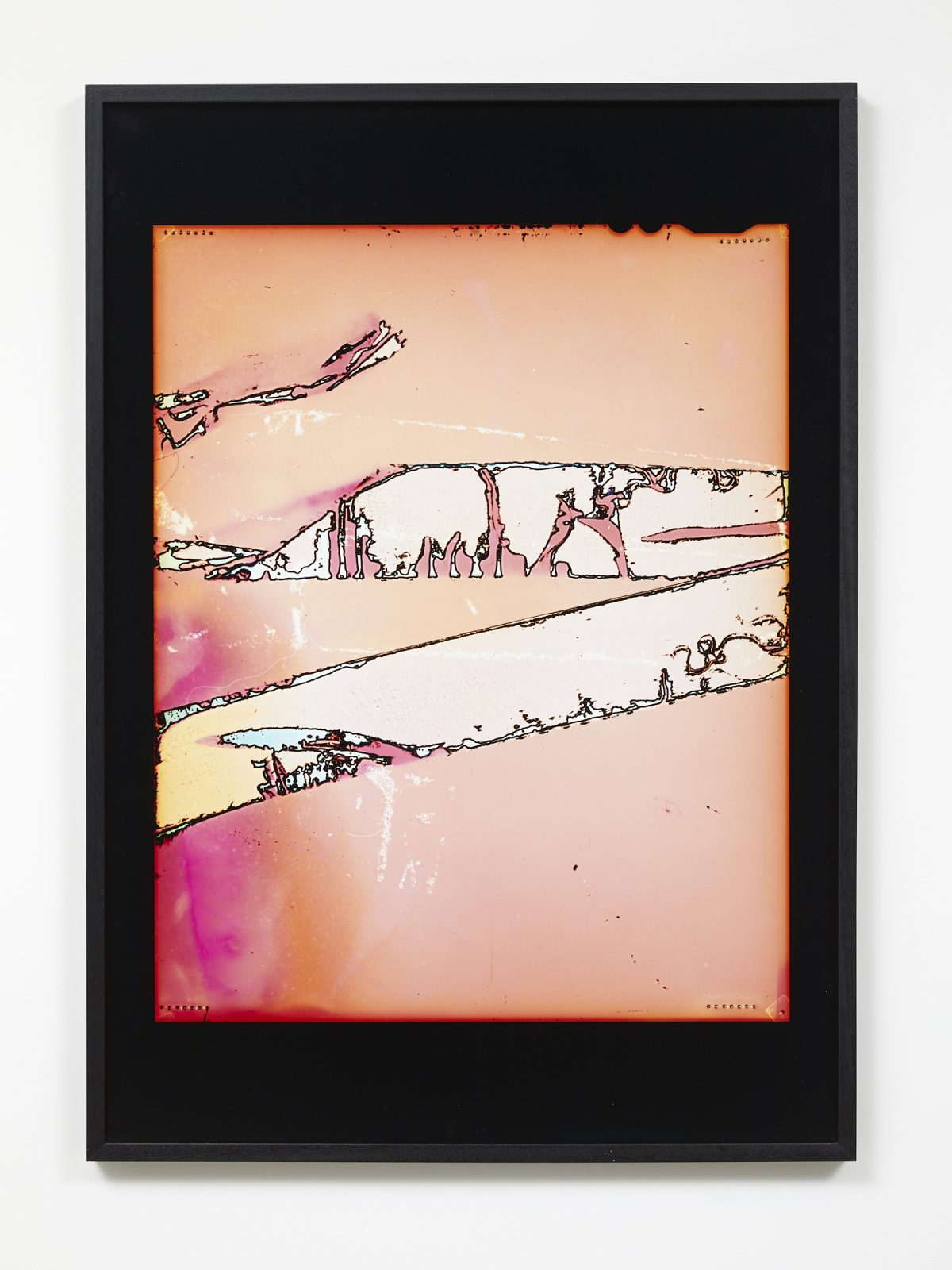
chromogenic photograph
edition 5 of 5
116.2 x 83.1 cm (framed)
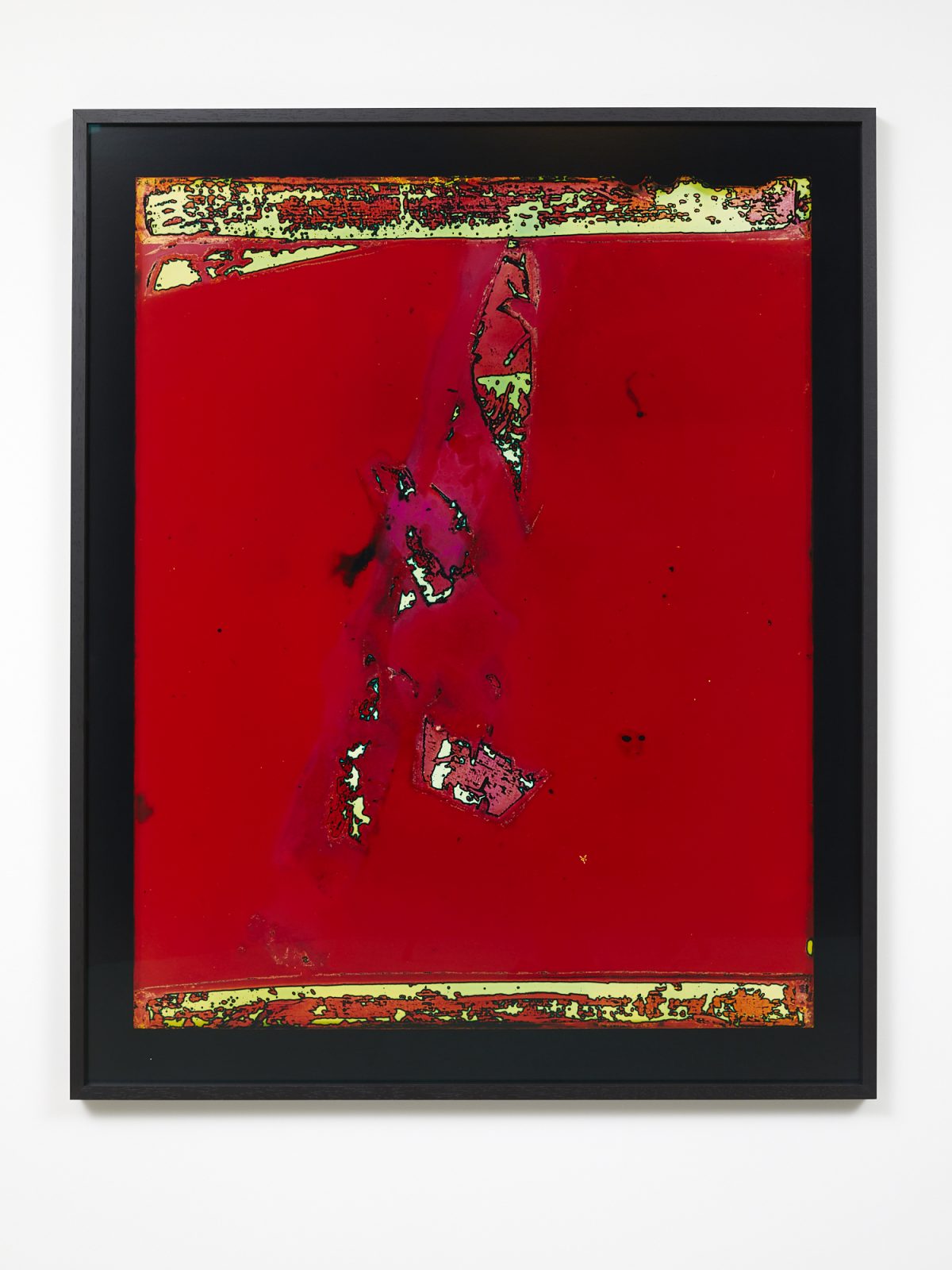
chromogenic photograph
edition 3 of 5
147 x 113.5 cm (framed)
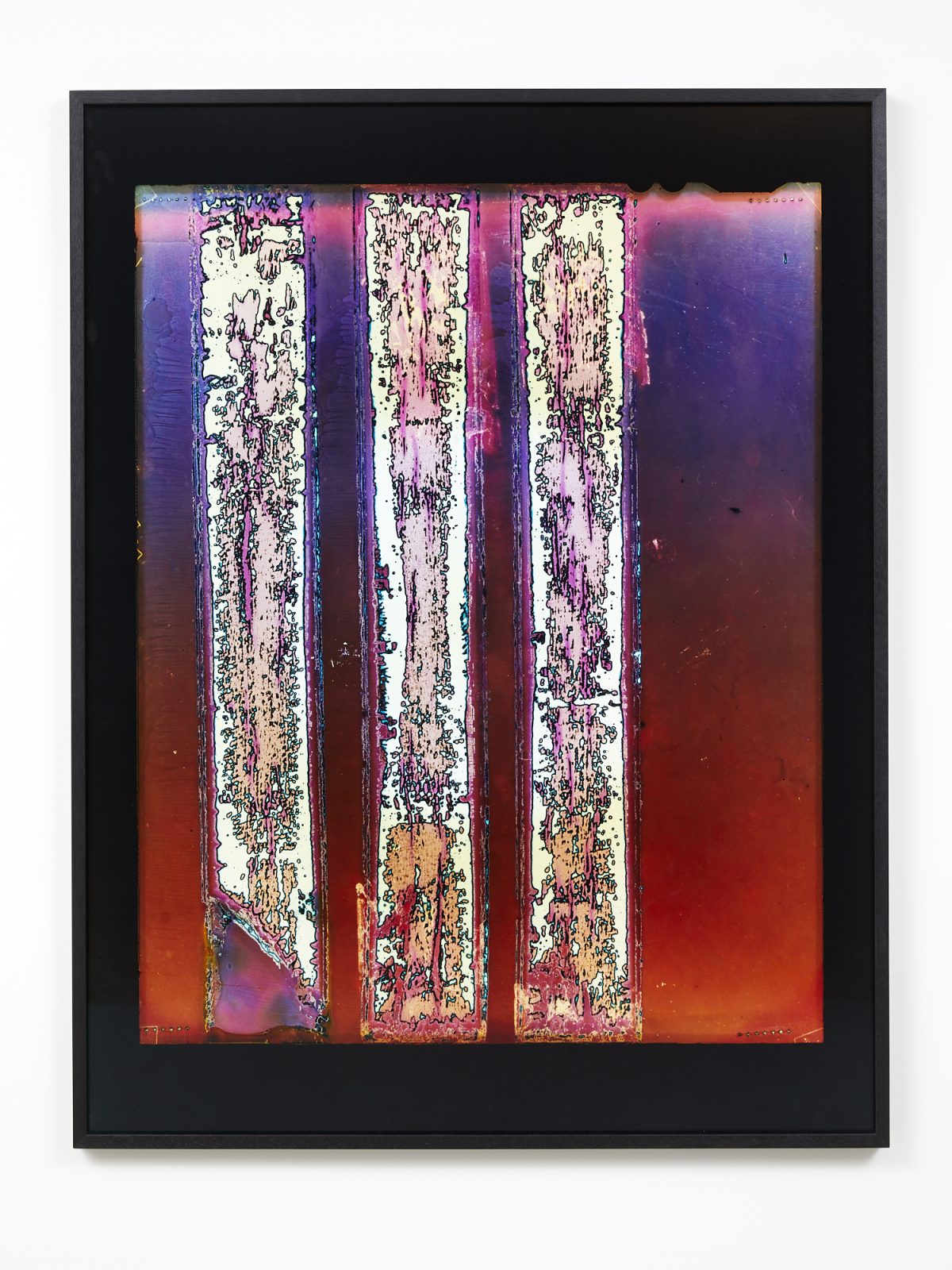
chromogenic photograph
edition 4 of 5
147 x 113.5 cm (framed)
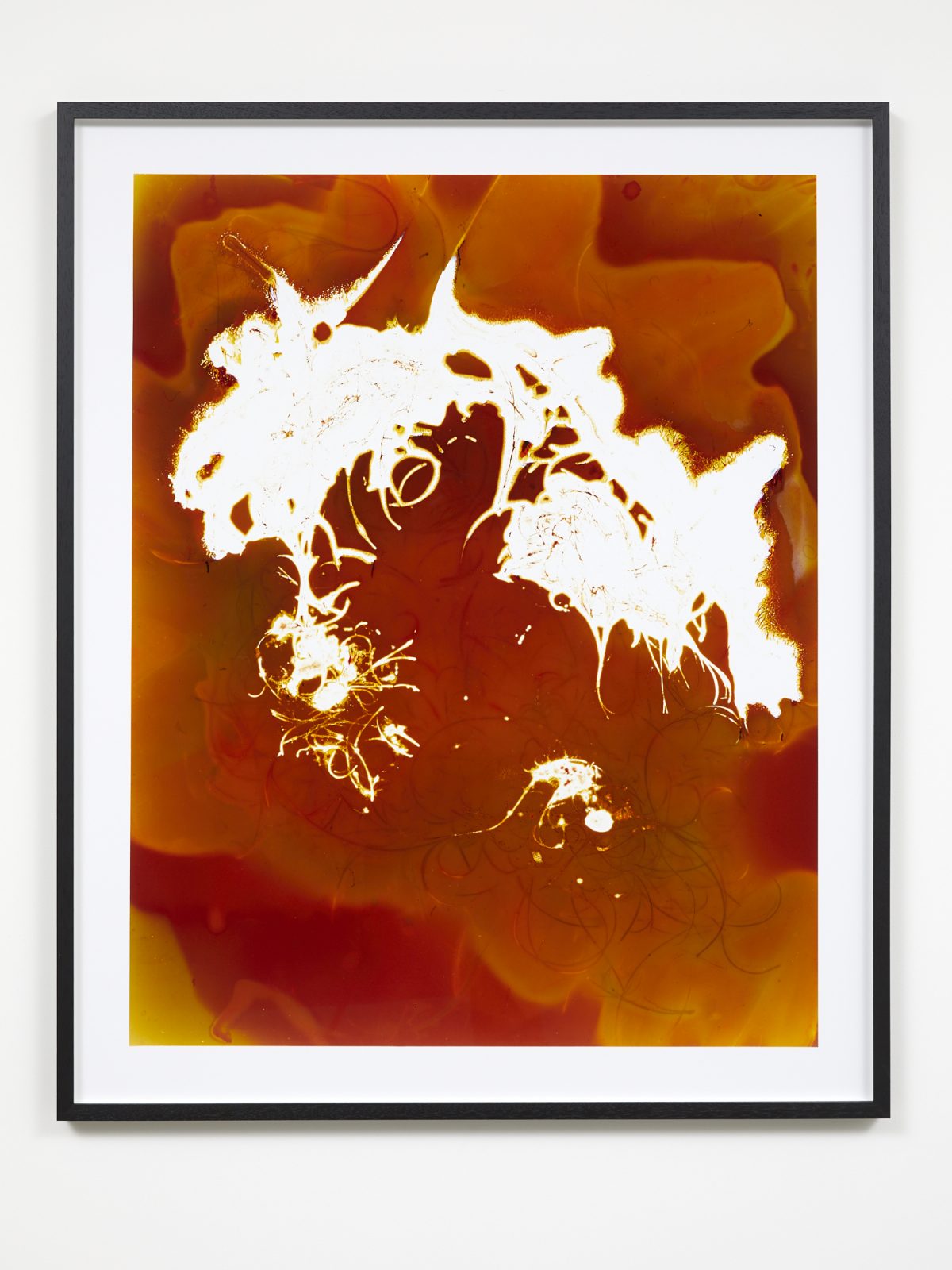
chromogenic photograph
edition 1 of 5
121.5 x 99.5cm (framed)
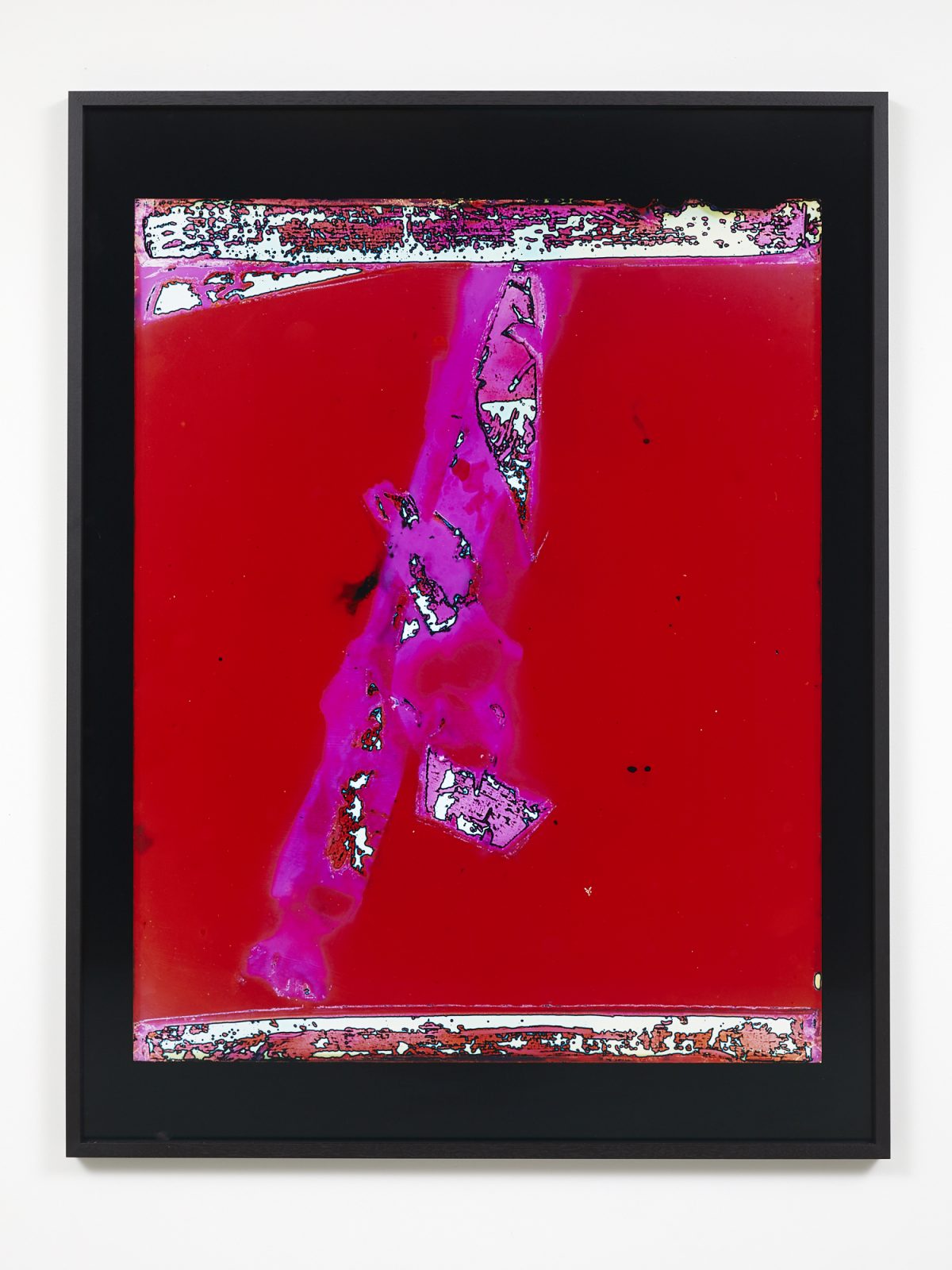
chromogenic photograph
edition 3 of 5
147 x 113.5 cm (framed)
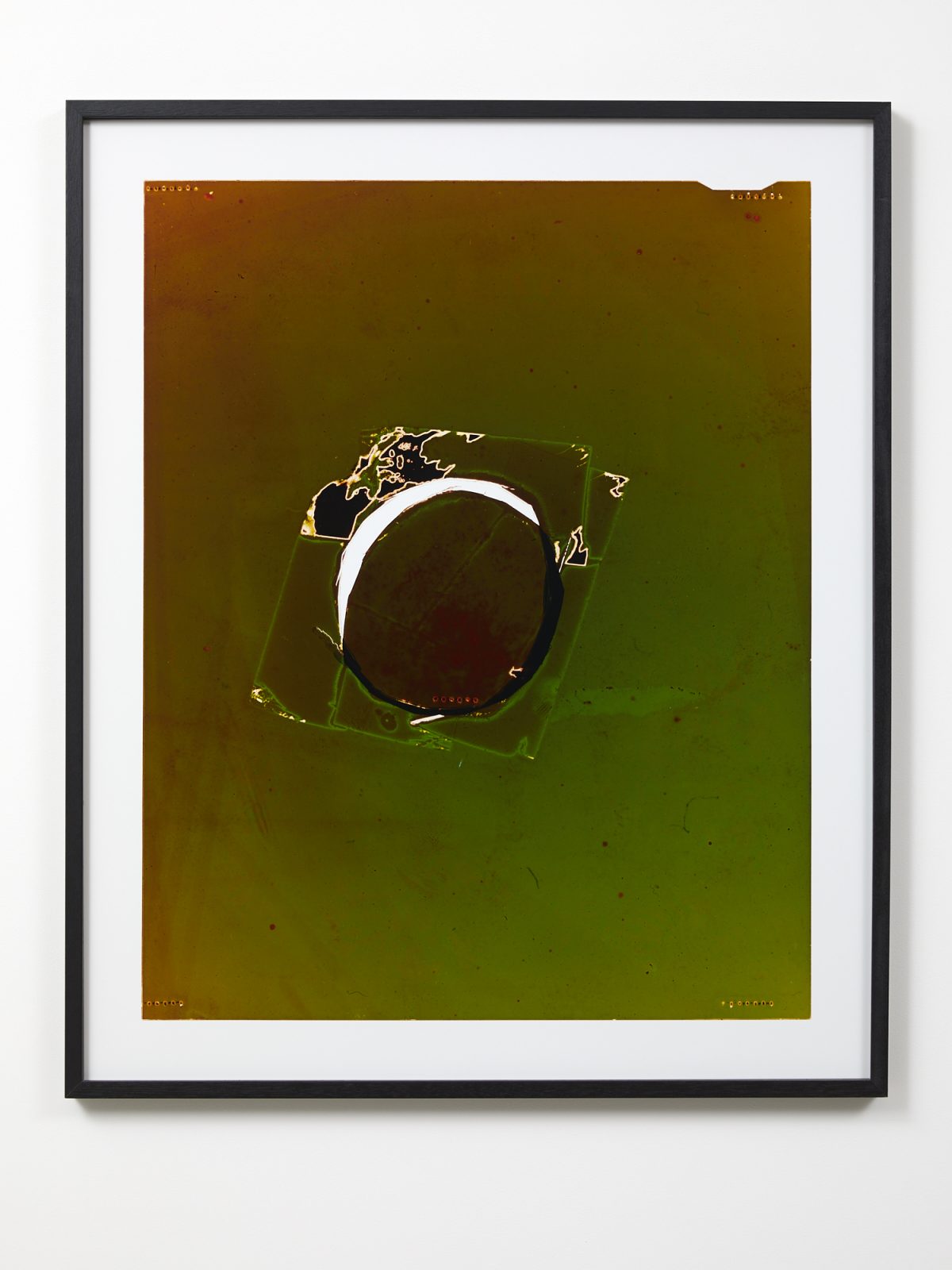
chromogenic photograph
edition 3 of 5
110.5 x 91.5 cm (framed)

chromogenic photograph
edition 3 of 5
88.5 x 73.6 cm (framed)
